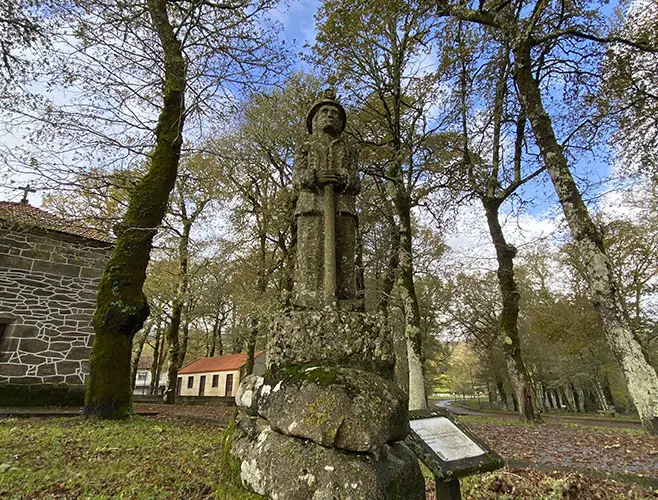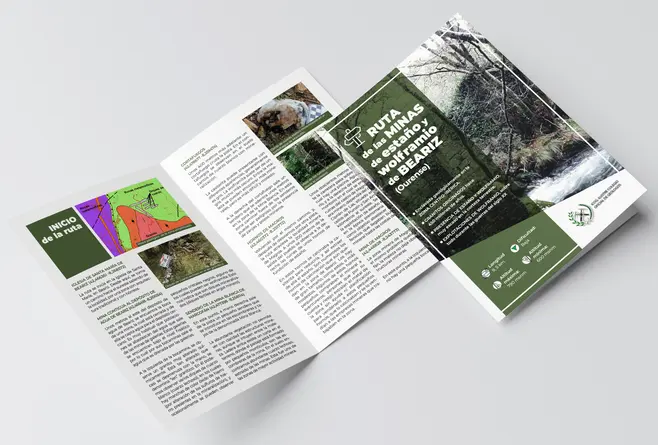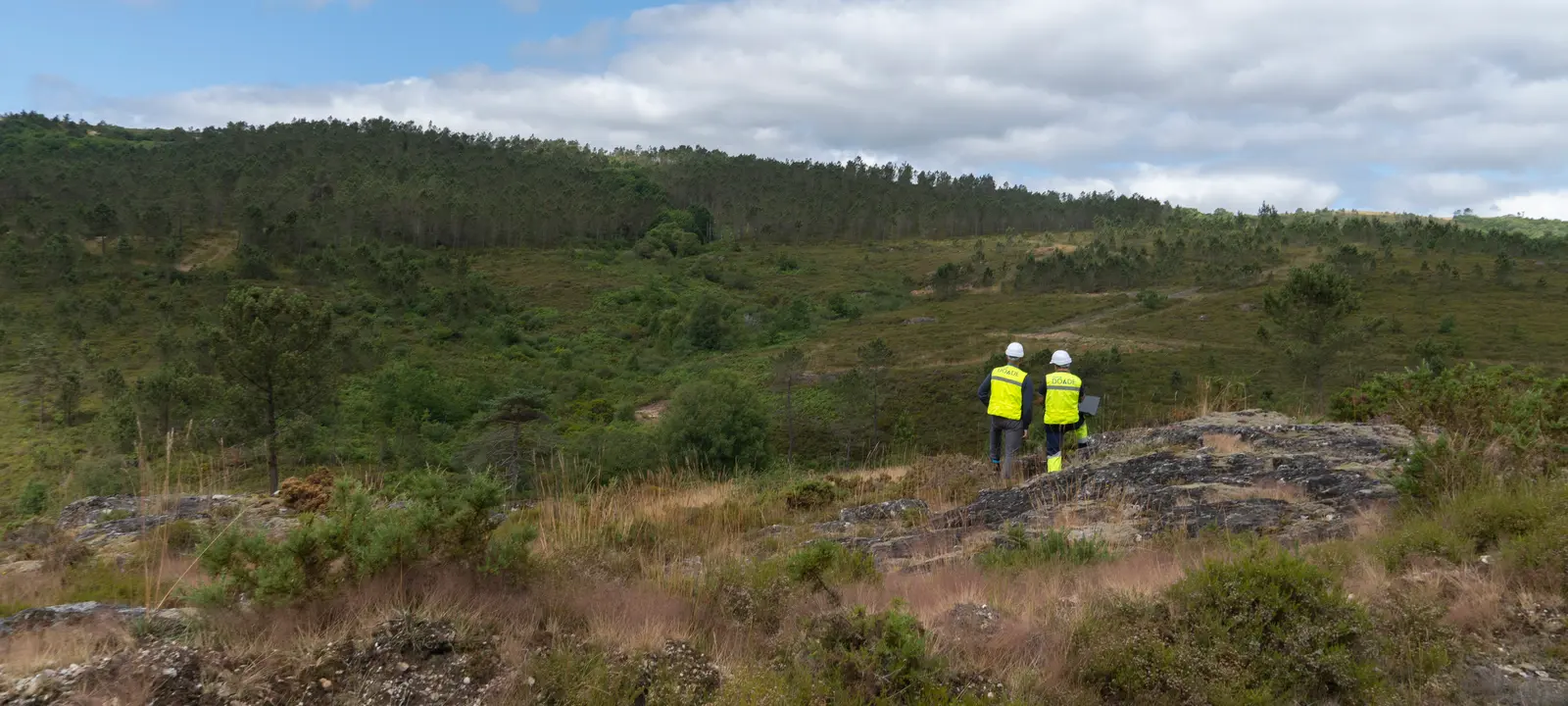The mining project by Recursos Minerales de Galicia encourages a competitive economy in the rural environment, mitigating depopulation and aging in the municipalities of Beariz, Avión and Forcarei and will provide a viable economic contribution to the region.
In addition to the direct, specialized and quality employment generated by a mine in the exploitation phase, a large number of temporary jobs will need to be filled during the construction phases.
Recursos Minerales de Galicia has estimated that up to 320 direct and indirect jobs will be created from the approval of the Exploitation Project until the complete restoration of the mine.
Beyond these jobs, business opportunities will arise in the surrounding area, such as transport services (trucks), security, road maintenance and accommodation and catering services for workers.

A PROCESS OF
LISTENING AND INFORMATION
Mina Doade fosters an open and transparent communication approach with the community, involving them in the project’s progress and data. To this end, during the last quarter of 2024, a Public Participation and Communication Plan was developed with the aim of involving institutions, individuals and social and economic agents in the project. The goal is to promote effective participation using methodologies and forms of engagement that encourages transparency.
A REGION WITH A
MINING PAST
MINING PAST
Mina Doade will exploit the underground resources of a region with a long mining tradition. As early as the beginning of the 19th century, there are documented records of mines and processing facilities (smelters) in Presqueiras-Forcarei, as well as in Avión and Beariz. The metals of interest were tin, used for manufacturing cans for the industries of the Galician Rías, and tungsten, used for special steel alloys in metallurgy.
For decades, explorations and small mining operations were carried out, especially between the 1940s and 1960s. These activities included the excavation of shafts and tunnels in the less hard areas of the pegmatites.
The mining tradition of the area has left a significant mark on history and a social contribution to today’s society. Many inhabitants of Presqueiras, Beariz and Avión worked in the mines until the mid-20th century, contributing to making extractive activity an important source of income for the population.


Mining also directly benefited local economic development, as well as driving the construction of infrastructure, transport routes, and basic services.
In the mid-20th century, mining activity in the region ceased due to the collapse of tin and tungsten prices in international markets, rendering the local mines unprofitable.
Now, in the early 21st century, the mineral on interest is different. The decarbonization of the European economy requires lithium mineral as one of its critical resources. This, combined with the incorporation of innovative and efficient mining techniques, allows for the projection of a viable underground mine in a very specific location: the Doade-Beariz forest, which are owned by the Comunidade de Montes Veciñal en Man Común (CMVMC) Lema, Cega and Bisticobo.
The Concello de Beariz, which promotes a touristic route through the old mines as historical heritage, reflects mining activity in one of the quarters of its official coat of arms with flames representing tin smelting, as well as in a tribute sculpture, ‘Al Minero’, located in the public park of Carballeira de Doade.
Building on this mining past, the Mine Doade project has raised awareness of its positive impact on society, elevating sustainability and responsibility standards to the forefront of the 21st century.




